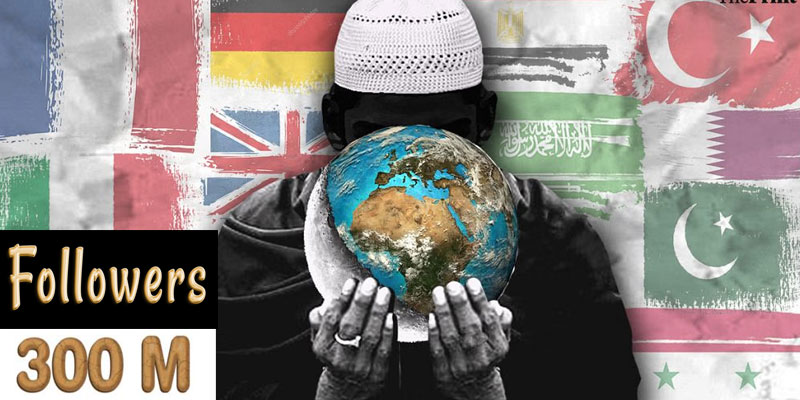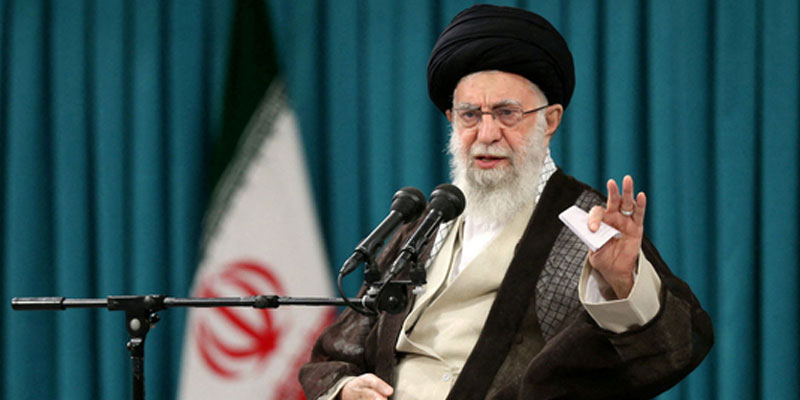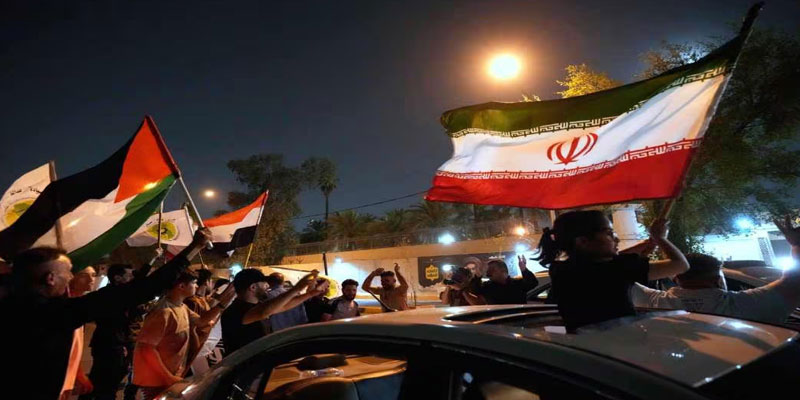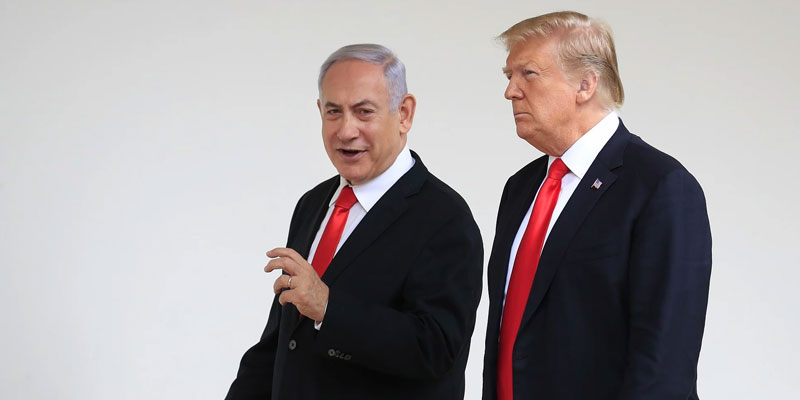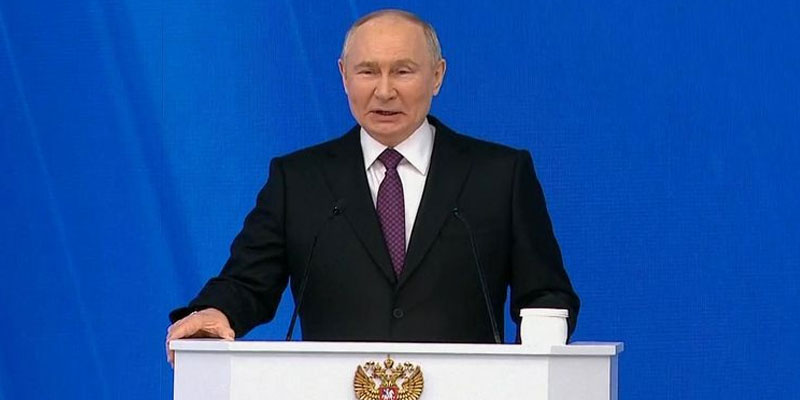Islam has emerged as the fastest-growing major religion in the world, adding nearly 300 million followers between 2010 and 2020, according to a comprehensive report from the Pew Research Center titled “How the Global Religious Landscape Changed From 2010 to 2020.” Over the decade, the global Muslim population rose from 1.7 billion to 2 billion, marking a 21% increase—double the rate of overall global population growth, which stood at 10%.
This shift nudged the global share of Muslims from 24% to 26%, making Islam not just a demographic force, but a central figure in shaping the religious and geopolitical landscape of the 21st century.
Global Spread: Strongest Growth Beyond the Middle East
Islam's growth was not confined to traditional strongholds in the Middle East and North Africa. In fact, every region except Latin America and the Caribbean saw a rise in Muslim populations, with some areas showing explosive growth.
· North America led with a staggering 52% increase, bringing the Muslim population to nearly 6 million.
· Sub-Saharan Africa followed with a 34% surge, reaching 369 million Muslims.
· In the Asia-Pacific—still home to the majority of the world’s Muslims—their share climbed slightly to 26% of the region’s population.
· Europe experienced more modest increases, with countries like Sweden, Austria, and Germany seeing Muslim population shares rise due to a combination of immigration and higher birth rates.
Latin America was the only region where Muslim growth (6%) lagged behind that of non-Muslims (10%), a reflection of both smaller base numbers and lower migration rates.
Why Islam Is Growing: Fertility and Youth Drive the Surge
Two primary factors underpin Islam’s rapid global growth:
· Higher Fertility Rates: Muslim women tend to have more children than women of other faiths. For example, in Tanzania, Muslim women averaged 4.6 children, nearly a full child more than the national average. This trend is echoed in many Muslim-majority regions.
· Younger Population: Muslims generally have a younger demographic profile, with a larger share of the population in childbearing age. This age structure fuels natural population growth more rapidly than in aging populations of other religious groups.
Together, these factors create a strong demographic momentum that continues to push Muslim numbers upward, even in regions where conversion is not a significant contributor.
Subtle Shifts in Regional Concentration
While Islam remains highly concentrated, regional shifts are beginning to reshape its global footprint:
· Sub-Saharan Africa increased its share of the global Muslim population from 16% to 18%, due to both high fertility and population growth.
· The Asia-Pacific region, despite being home to 59% of all Muslims, saw a 2-point decline in its global share, reflecting relatively slower growth compared to Africa.
This signals a possible long-term shift in the demographic heart of the Muslim world, from Asia toward Africa.
Top Muslim Populations: Concentrated but Diverse
Just ten countries account for two-thirds of the global Muslim population:
· Indonesia, with 240 million Muslims, remains the largest.
· Pakistan and India follow closely, the latter being the only non-Muslim-majority country in the top ten.
Collectively, these nations host 1.3 billion Muslims—underscoring both the concentration and diversity of the global Muslim population.
Notable National Shifts: Migration and Fertility at Play
Some countries witnessed dramatic changes in their Muslim population share:
· Kazakhstan and Benin each saw an 8-point increase, driven by shifts in the Christian-Muslim balance and data revaluations.
· Lebanon experienced a 5-point rise, largely due to an influx of Syrian refugees.
· Oman saw the biggest decline (8 points) as non-Muslim migrant workers altered the demographic mix.
· Tanzania’s 6-point drop was tied to lower Muslim fertility rates compared to non-Muslims.
Islam's Growth Signals a Changing Global Landscape
The past decade has confirmed Islam’s position as the world’s fastest-growing major religion, powered not by conversion, but by demographic forces—especially fertility and youth. As the Muslim population expands into new regions and increases its influence in traditionally non-Muslim societies, governments, institutions, and communities must adapt to a new religious reality.
This growth is not merely statistical. It reflects broader shifts in cultural, economic, and geopolitical power, especially as Muslim populations grow rapidly in Africa and the West. Understanding the dynamics behind this rise is essential for fostering coexistence, cooperation, and informed policy decisions in an increasingly pluralistic world.
(With agency inputs)


